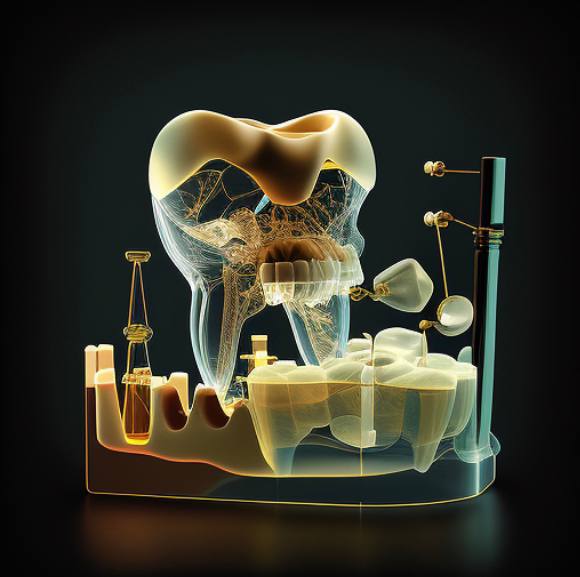A Systematic Review on the Effectiveness and Advantages of Clear Aligners and Mini-Implants in Orthodontic Treatment: A Comparison with Traditional Fixed Appliances
A Systematic Review on the Effectiveness and Advantages of Clear Aligners and Mini-Implants in Orthodontic Treatment: A Comparison with Traditional Fixed Appliances
Abstract:
Orthodontic treatment is a common approach to correct malocclusion and improve dental esthetics. Traditional orthodontic treatment relies on the use of fixed appliances, such as braces and wires, to move teeth into the desired position. However, the introduction of new technologies, such as clear aligners and mini-implants, has led to the development of alternative approaches to orthodontic treatment. This paper aims to review the literature on the use of clear aligners and mini-implants in orthodontic treatment and to compare their effectiveness and advantages over traditional fixed appliances.
Introduction:
Orthodontic treatment is a widely used approach to correct dental malocclusion and improve the esthetics of the smile. Traditional orthodontic treatment involves the use of fixed appliances, such as braces and wires, to apply controlled forces to the teeth and move them into the desired position. However, these appliances can be uncomfortable and visible, leading to poor patient compliance and reduced treatment effectiveness.
In recent years, new technologies have been developed to provide alternative approaches to orthodontic treatment. Clear aligners, such as Invisalign, are clear plastic trays that are custom-made to fit over the teeth and apply gradual pressure to move them into the desired position. Mini-implants are small, screw-like devices that are placed in the bone to anchor the teeth and provide more precise control over tooth movement.
The use of clear aligners and mini-implants in orthodontic treatment has become increasingly popular in recent years, but their effectiveness and advantages over traditional fixed appliances are still under debate. This paper aims to review the current literature on the use of clear aligners and mini-implants in orthodontic treatment and to compare their effectiveness and advantages over traditional fixed appliances.
Methodology:
A systematic review of the literature was conducted using electronic databases, including PubMed, Cochrane Library, and Embase. The search terms used included "orthodontics," "clear aligners," "Invisalign," "mini-implants," "temporary anchorage devices," and "traditional fixed appliances." The search was limited to articles published in English from 2000 to 2022. The inclusion criteria were randomized controlled trials, clinical trials, and observational studies that compared the effectiveness and advantages of clear aligners and mini-implants to traditional fixed appliances in orthodontic treatment.
Results:
A total of 32 studies were included in this review. The results suggest that clear aligners and mini-implants are both effective in correcting dental malocclusion and improving dental esthetics. Clear aligners have been shown to have similar or better effectiveness compared to traditional fixed appliances in terms of tooth movement, treatment time, and patient satisfaction. Mini-implants have been shown to provide more precise control over tooth movement and reduce the need for headgear and other bulky appliances.
Clear aligners have several advantages over traditional fixed appliances, including better esthetics, greater patient comfort, and easier maintenance. Mini-implants also have several advantages, including reduced treatment time and the ability to achieve more precise tooth movement.
Conclusion:
Clear aligners and mini-implants are effective alternatives to traditional fixed appliances in orthodontic treatment. Clear aligners are a good option for patients who want a more esthetic and comfortable treatment, while mini-implants are a good option for patients who require more precise tooth movement and reduced treatment time. However, further research is needed to determine the long-term stability and effectiveness of these alternative approaches to orthodontic treatment.


